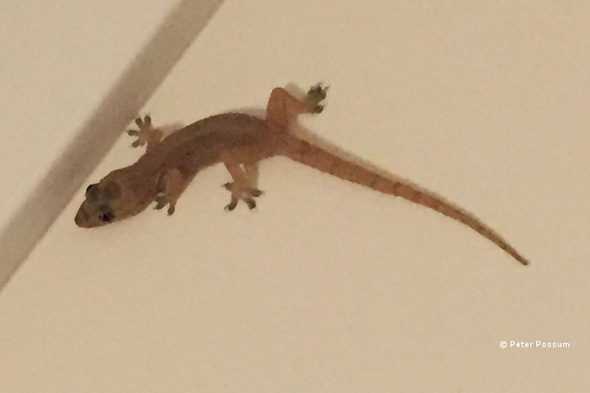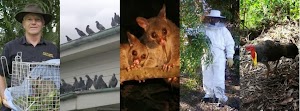Living in Brisbane, it’s almost impossible not to have heard the distinctive click-click-click noise made by Asian House Geckos. These geckos are an introduced pest that moved into Brisbane in 1983, and have truly settled in and thrived in our warm and humid climate.

Geckoe
Like any introduced pest, they have impacted on native wildlife populations. They actively compete for insects against other native lizards and animals and have displaced native geckos around houses across Brisbane.
Asian House Geckos are not harmless creatures. They have been known to damage electrical equipment by getting into power boxes and tripping safety switches, or shorting air-conditioning units and computers.
Geckos are messy creatures, leaving their droppings all over windowsills, verandahs and on walls. Their droppings are a similar size and shape to mice droppings, with the main difference being that gecko droppings have a tiny white part on the tip of the dropping.
To reduce the numbers of Asian House Geckos around a property, you need to remove their sources of food. House Geckos are mainly nocturnal and congregate around places that are well lit and which attract lots of bugs. Windows and glass sliding doors in homes are popular areas.
You can reduce escaping household light at night by shutting the curtains and turning off lights that aren’t in use. Switching outdoor lights to yellow bulbs reduces insects and geckos, as does installing outdoor sensor lights rather than leaving outdoor lights permanently on.
While many online forums suggest sticky traps as a way to reduce gecko populations, we recommend using them as a last resort inside only as they could also harm any native geckos or skinks that are in your area.
The best and most humane option is to naturally reduce Asian House Gecko’s food source and allow nature to take its course.







